A senior plant designer tells you 20 commonly used ornamental grasses
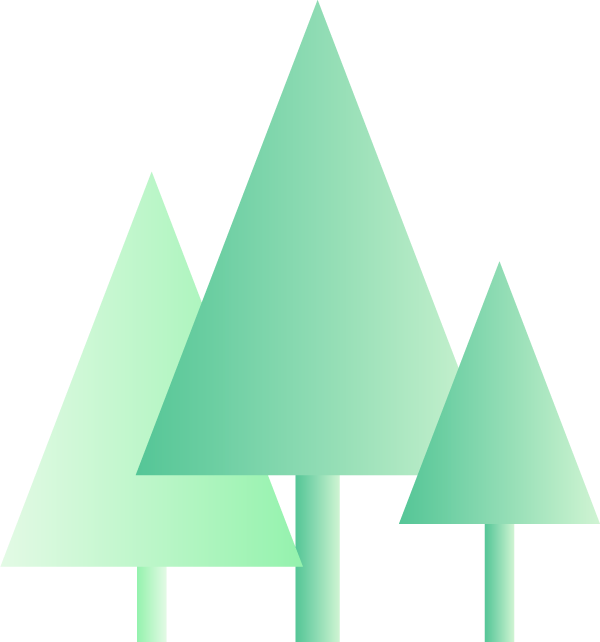
Although they are grasses, ornamental grasses are comparable to flowers. They not only have large and gorgeous inflorescences, such as pampas grass, reed, and silver grass, but also have rich leaf colors, such as purple-leafed pennisetum and silver-edged grass. Ornamental grasses are plump and round, with slender leaves dancing in the wind and graceful postures. Many varieties have distinct seasonal changes, and the autumn leaves turn brown, red, and purple, which contain natural rhythms and life philosophy. Today, ornamental grasses are known in the industry and widely used in gardens, but some plant designers are not professionally trained and are not very familiar with ornamental grasses. In view of this, this article summarizes the commonly used ornamental grasses to provide theoretical references for designers.

1.
Small sedge
Perennial herb, widely used in gardens, can be planted alone, in clusters, in patches, or in flower borders. The inflorescence is interesting and can be used for fresh cut flowers or dried flowers. The reference planting density is 6 to 9 plants/square meter.
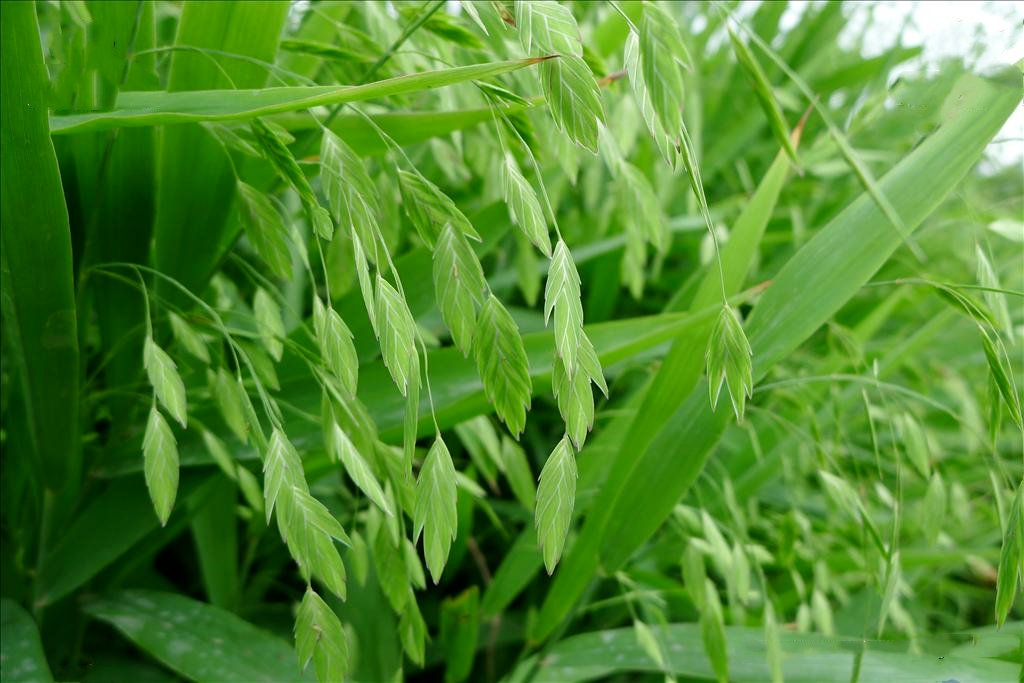
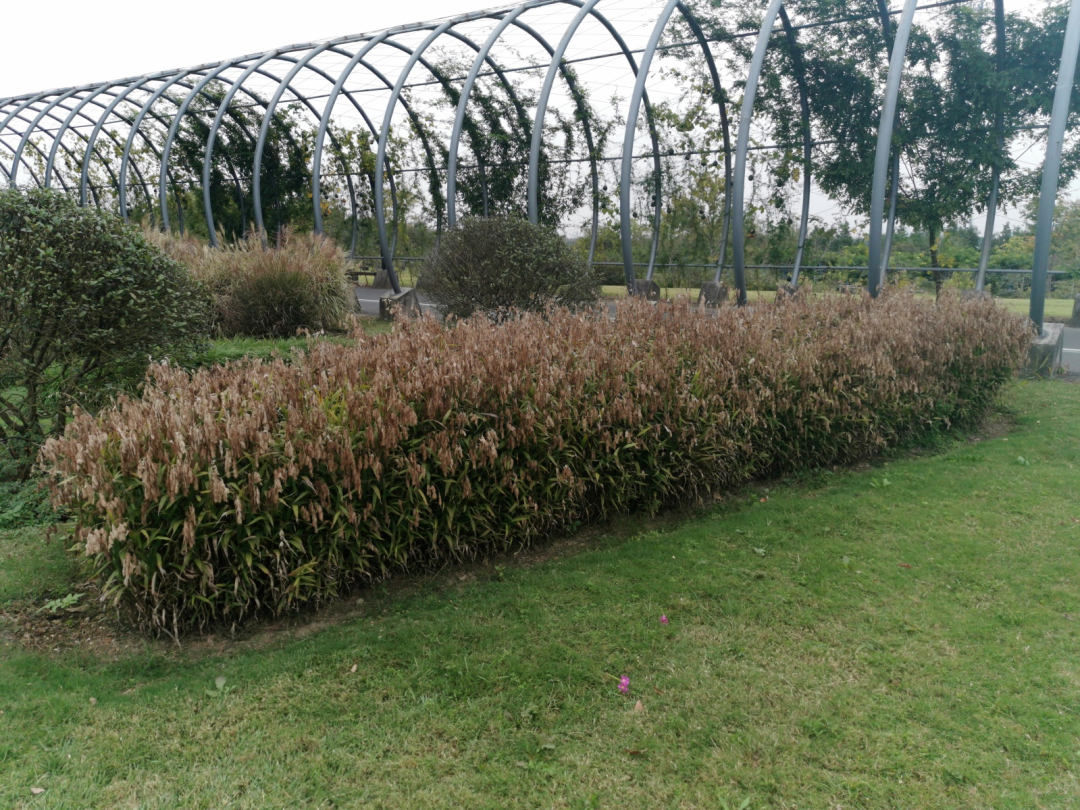
2.
Silver Edge Grass
Perennial lawn. Silver edge grass is full of vitality in the cool season, and its leaves are clean and fresh. It is used as a ground cover or border plant in the courtyard and garden to appreciate its leaves. The reference planting density is 16 plants/square meter.
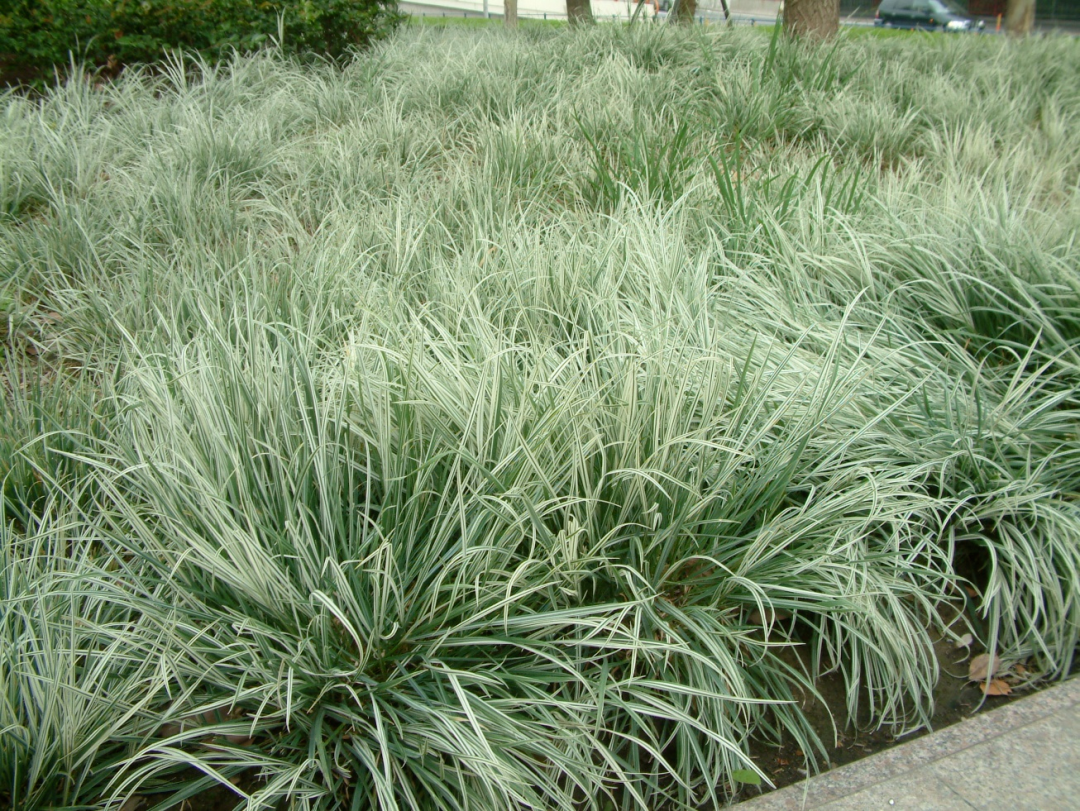
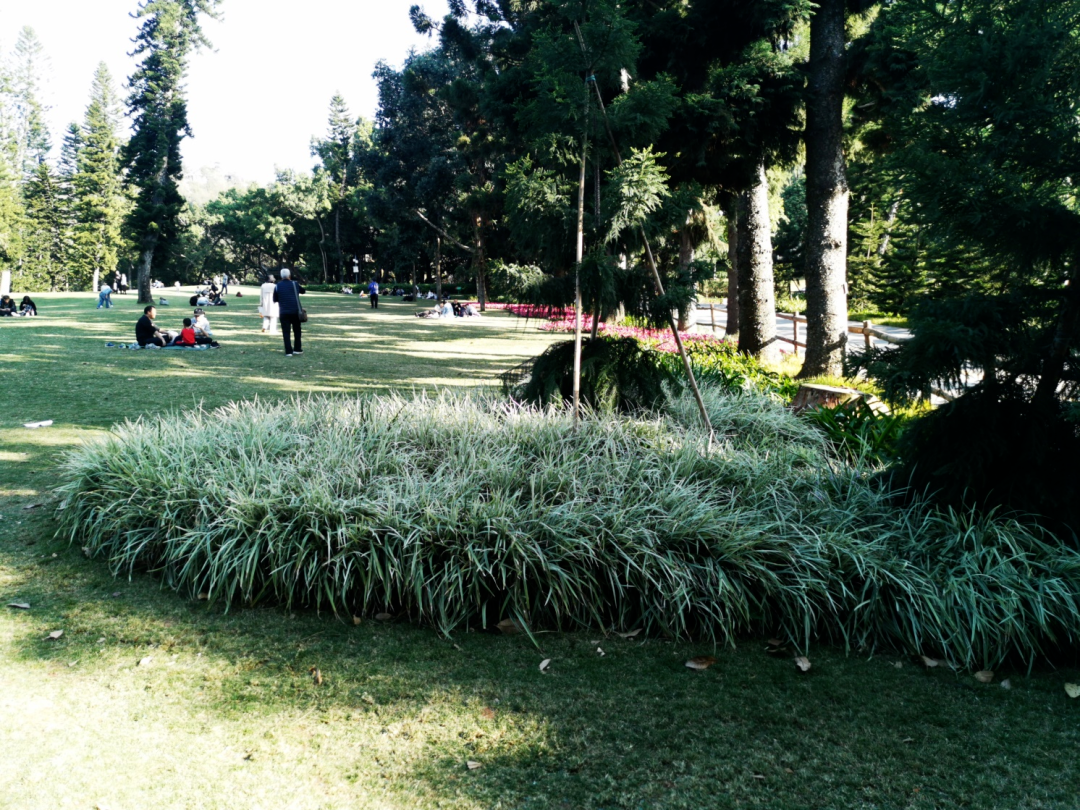
3.
Phyllostachys variegata
It is a variant of Phragmites australis, native to Taiwan. It is shorter than Phragmites australis, about 2m tall. It blooms less than the original species, and its inflorescence is also smaller. The leaves are elongated with white longitudinal stripes, and it has a high ornamental value. The stripes are bright milky white in spring, gradually turn to milky yellow as the temperature rises, and turn to yellow-green in the hot summer. The reference planting density is 20-30 buds/square meter.
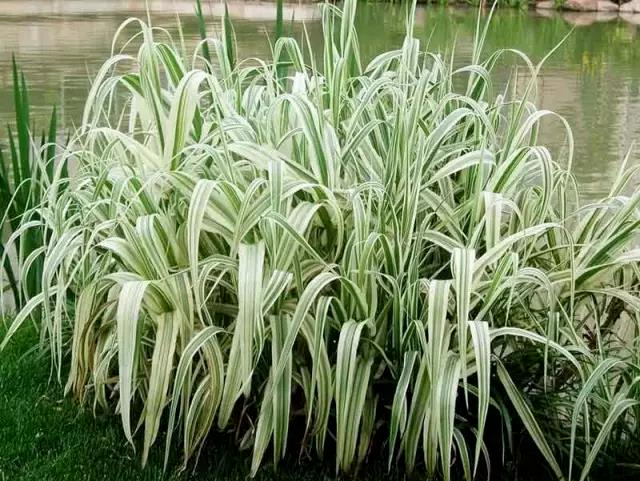
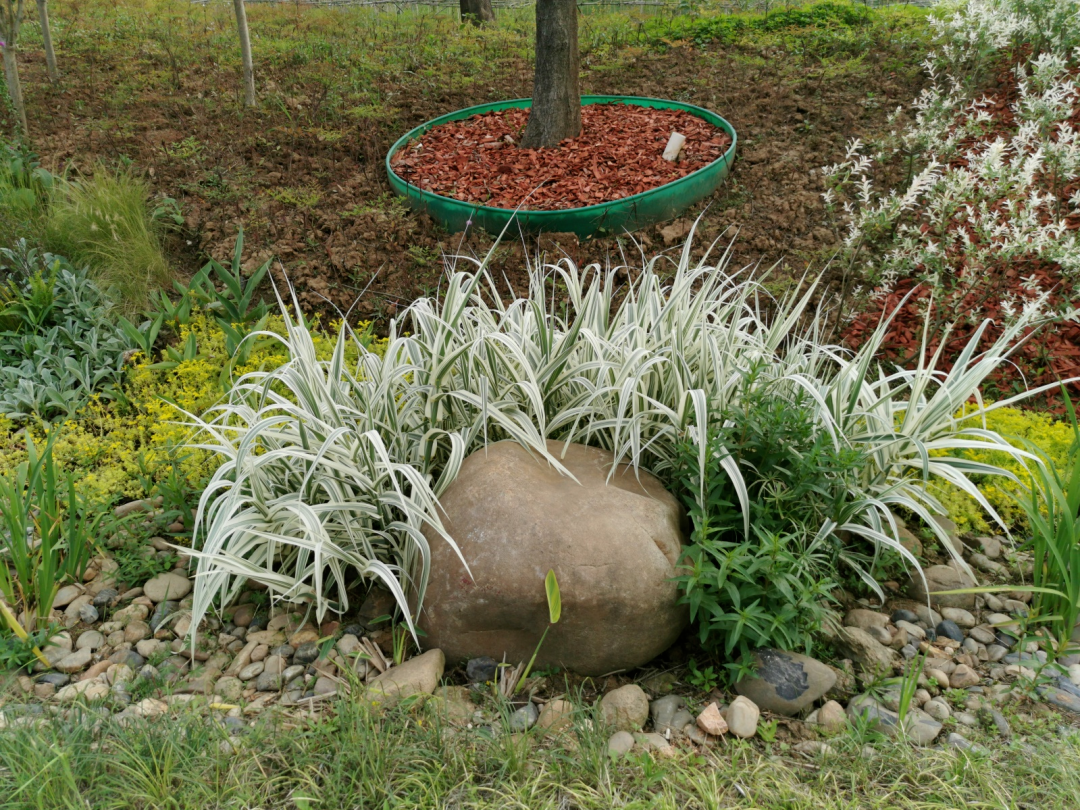
4.
Pampas grass
Perennial herb, tall and upright plant, large and beautiful inflorescence, shining with silver light when first opened, spectacular and elegant. Suitable for waterside application, or planting in courtyards and gardens. The inflorescence can be used as camellia material, it is best to cut it when the inflorescence is about to fully open, after cutting, the inflorescence can continue to fully open, and at the same time can reduce the shedding of spikelets. Reference planting density 4 plants/square meter.
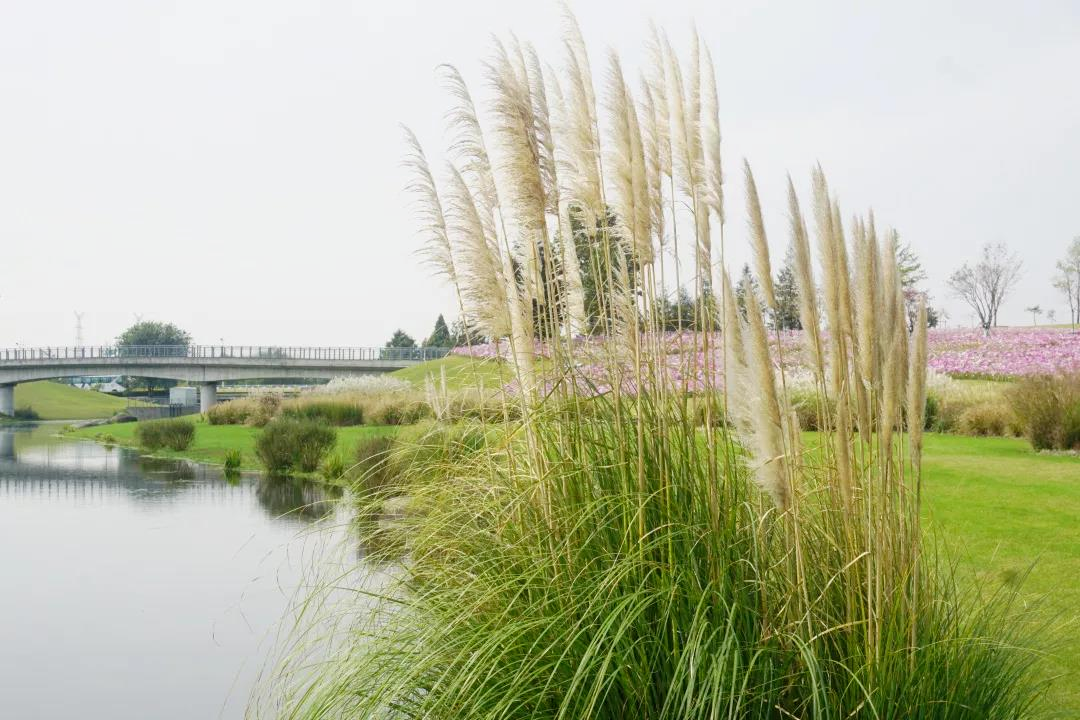
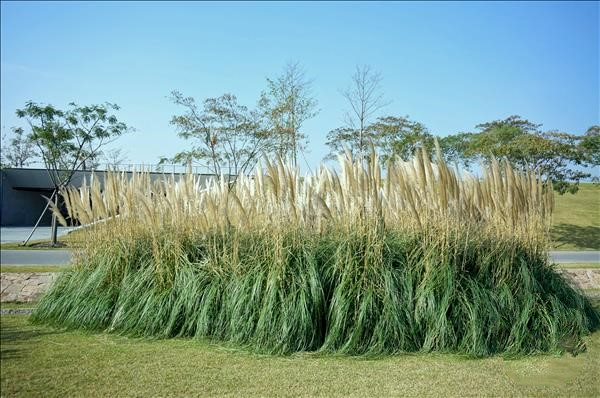
5.
Pampas grass
A horticultural cultivar of pampas grass. The plant is short and compact. It is 1-1.2m tall, with feathery inflorescences that attract people. It is more cold-resistant than pampas grass, and is almost the most cold-resistant of all pampas grass varieties. It can overwinter in the open field in Beijing. It is more suitable for small-scale garden environment configuration applications such as flower borders, gardens, and courtyards. The reference planting density is 4-6 plants/square meter.
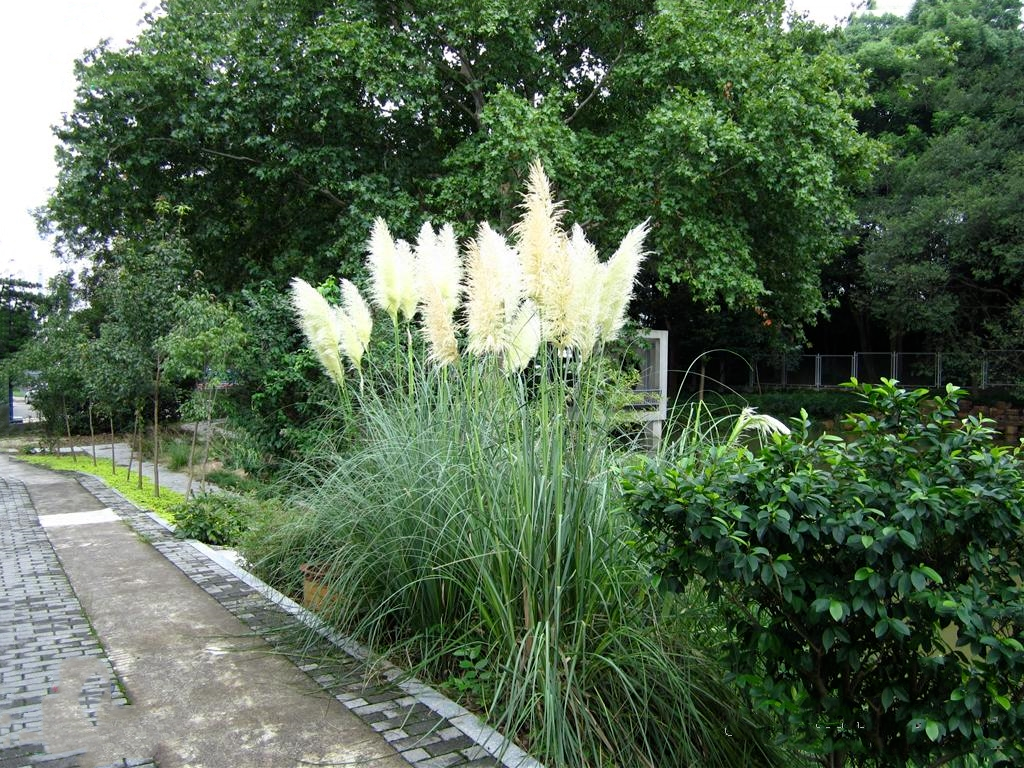
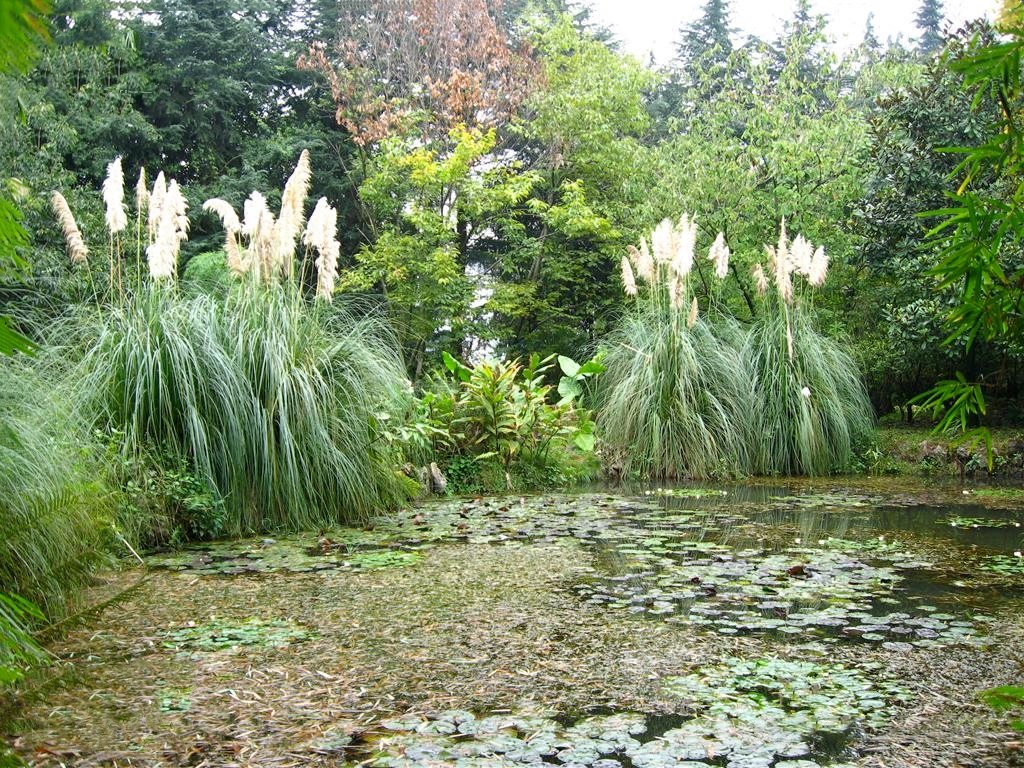
6.
Pampas grass
A horticultural species of pampas grass with long narrow leaves and milky white longitudinal stripes. The plant can reach a height of 2.4m. It is used as a large ornamental grass, mainly for its flowers and leaves. It is suitable for potted ornamental plants. The reference planting density is 4 plants/square meter.
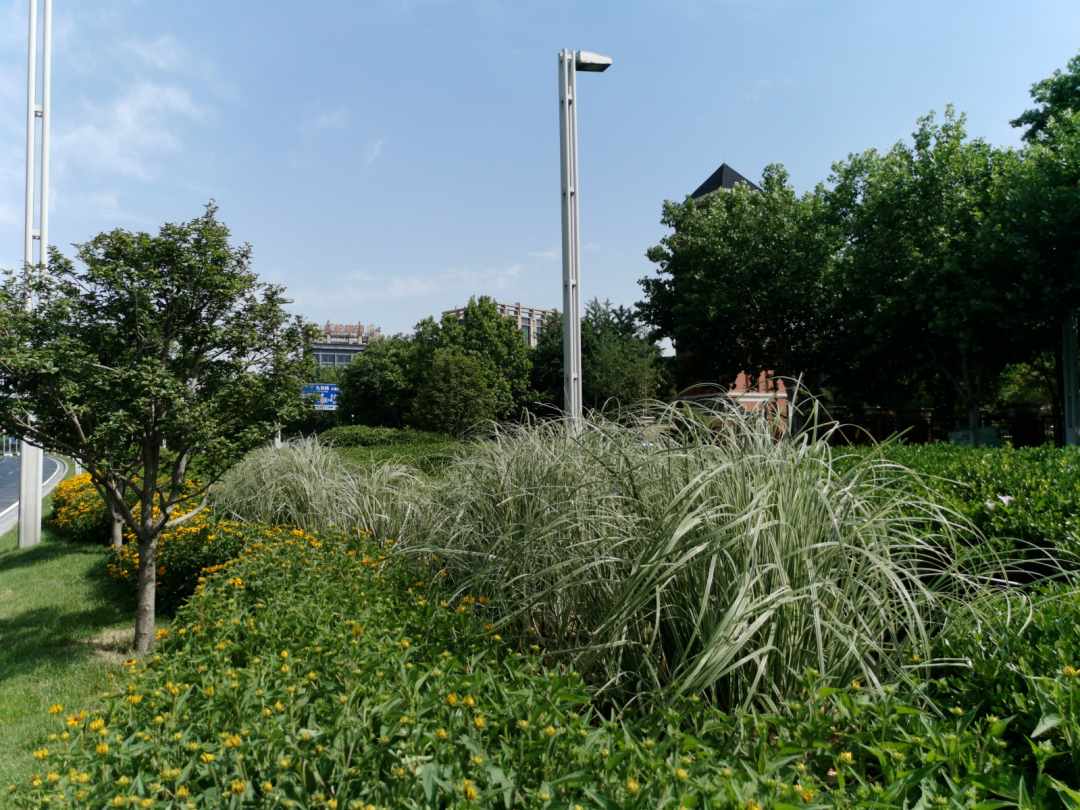
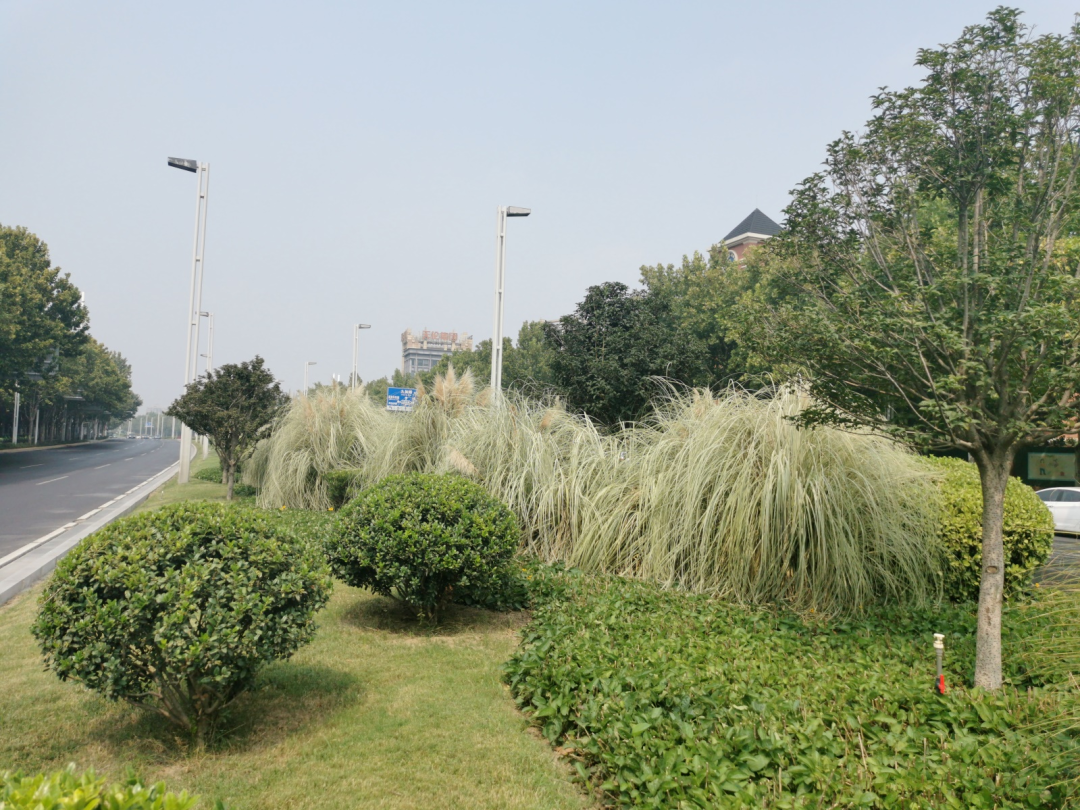
7.
Blue Fescue
Perennial herb, ornamental value mainly reflected in the blue leaves. Because blue belongs to the cool color, it can enhance the cool feeling when used with white plants, while it can increase the warm feeling when used with red, yellow or brown plants. Reference planting density is 9 to 16 plants/square meter.
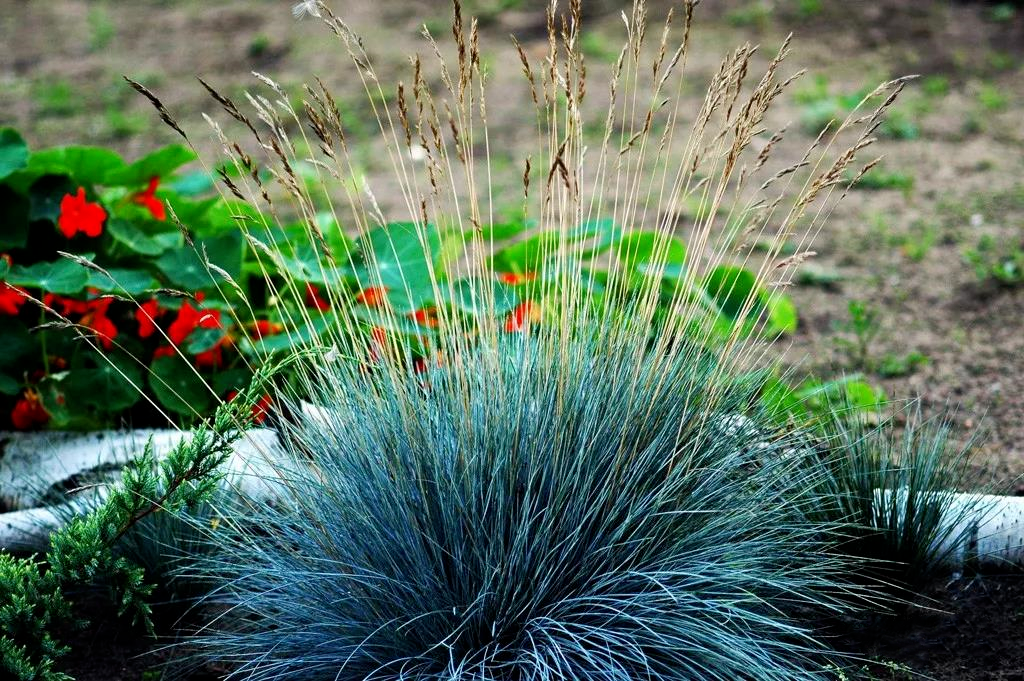
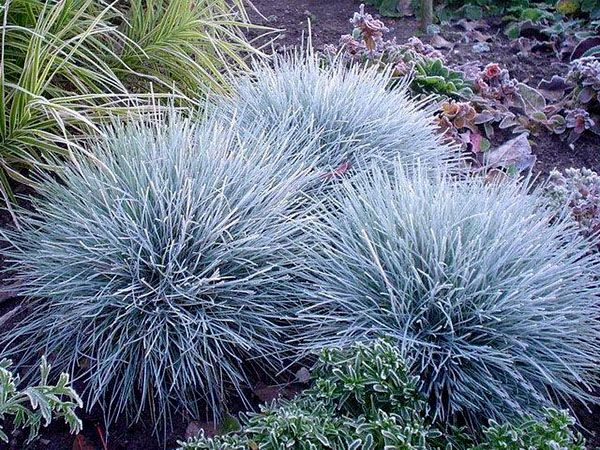
8.
Miscanthus serratus
The leaves are narrow and long, and the plant shape is round and full, forming a plant cluster of 2m high and more than 1m wide. It blooms in mid-September, and the inflorescence is purple-red or pink. The leaves, flowers, and plants are all good. The reference planting density is 6 to 9 plants/square meter.
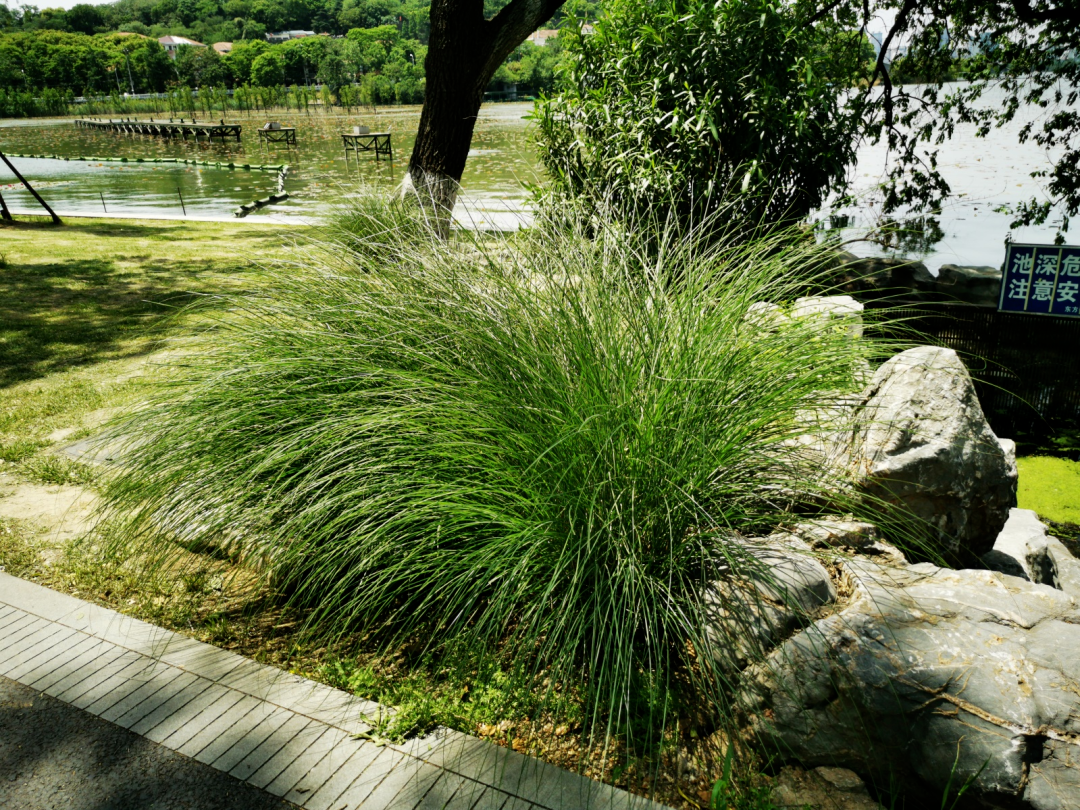
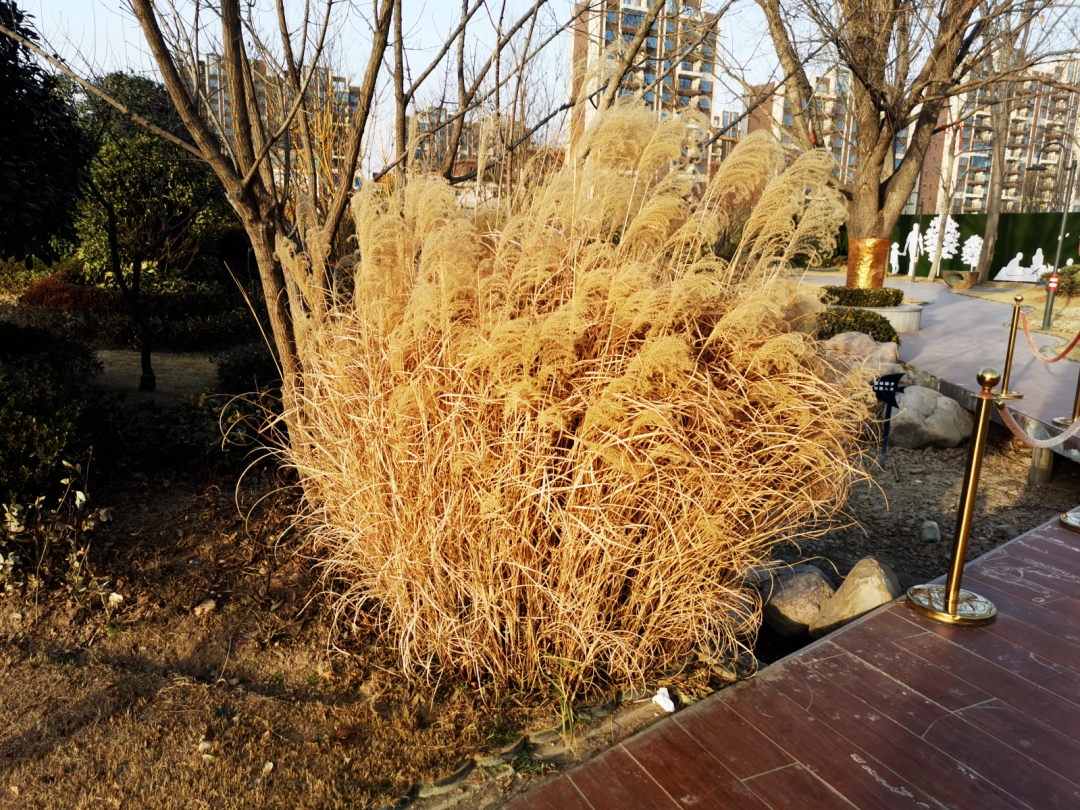
9.
Morning Light
The leaves are very thin, only 4mm wide, so the white leaf edges are not easily noticed, giving the overall impression of gray. The reference planting density is 6 to 9 plants per square meter.
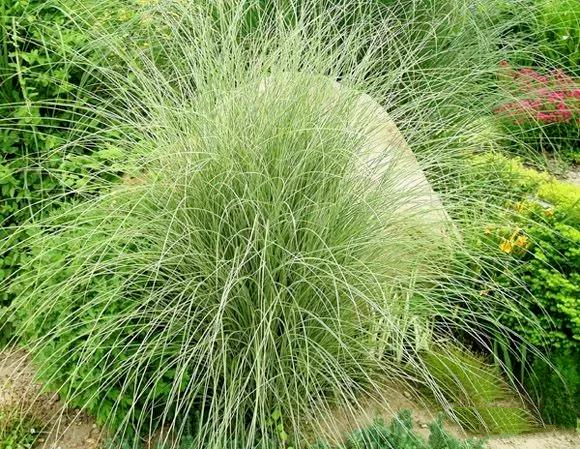
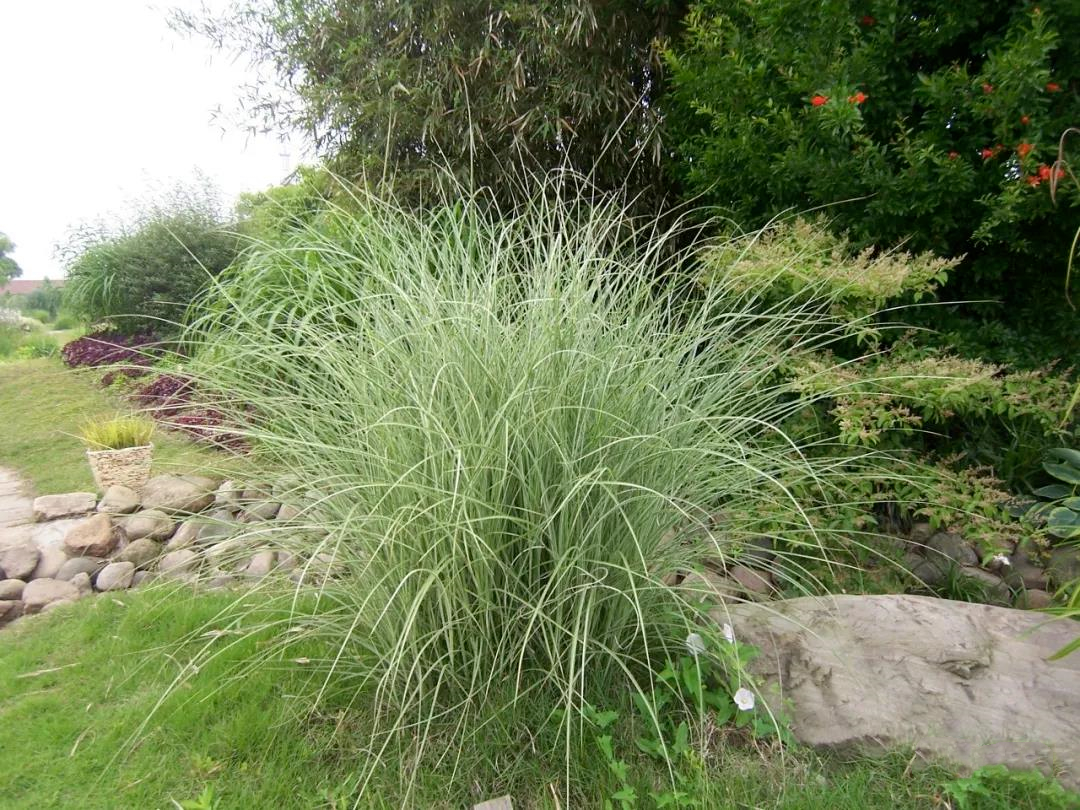
10.
Spotted leaf awn
The loose, drooping leaves are irregularly distributed with yellow stripes. The plant can grow up to 2.4 meters tall, and the crown width of a mature plant can reach several meters.
The formation of spots is affected by temperature. In early spring, when the temperature is low, there are often no spots. In high temperatures, the spots will weaken and even turn yellow. The reference planting density is 6 to 9 plants per square meter.
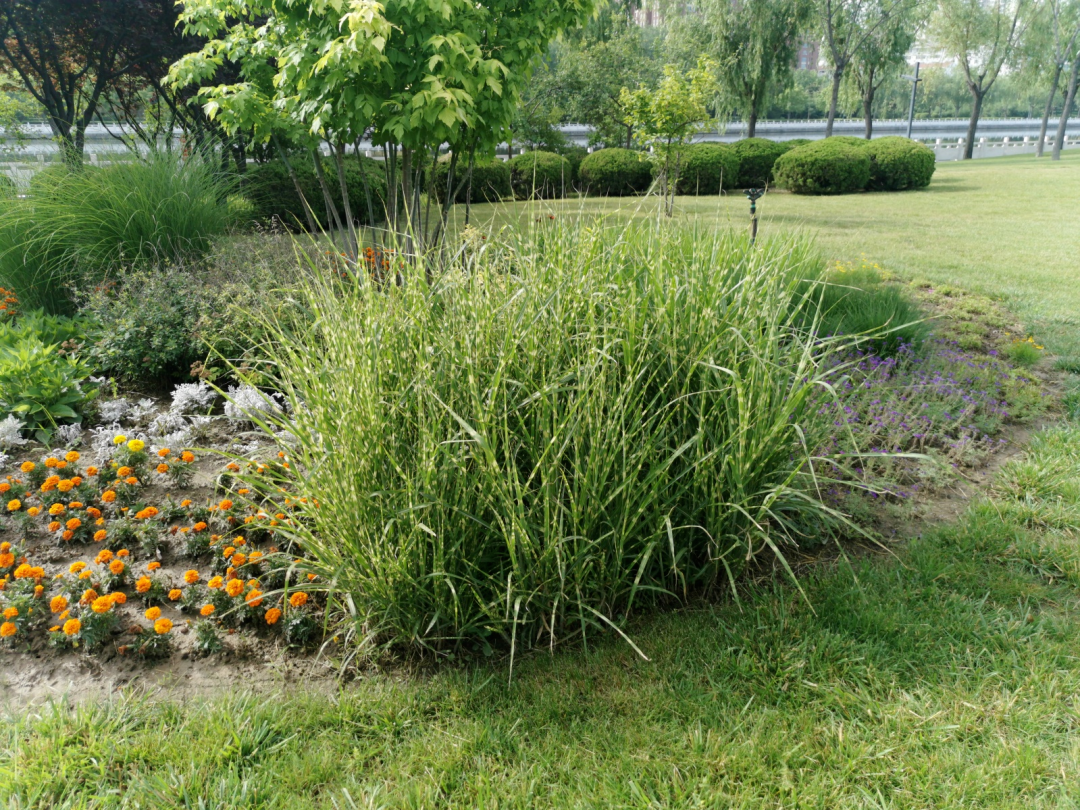
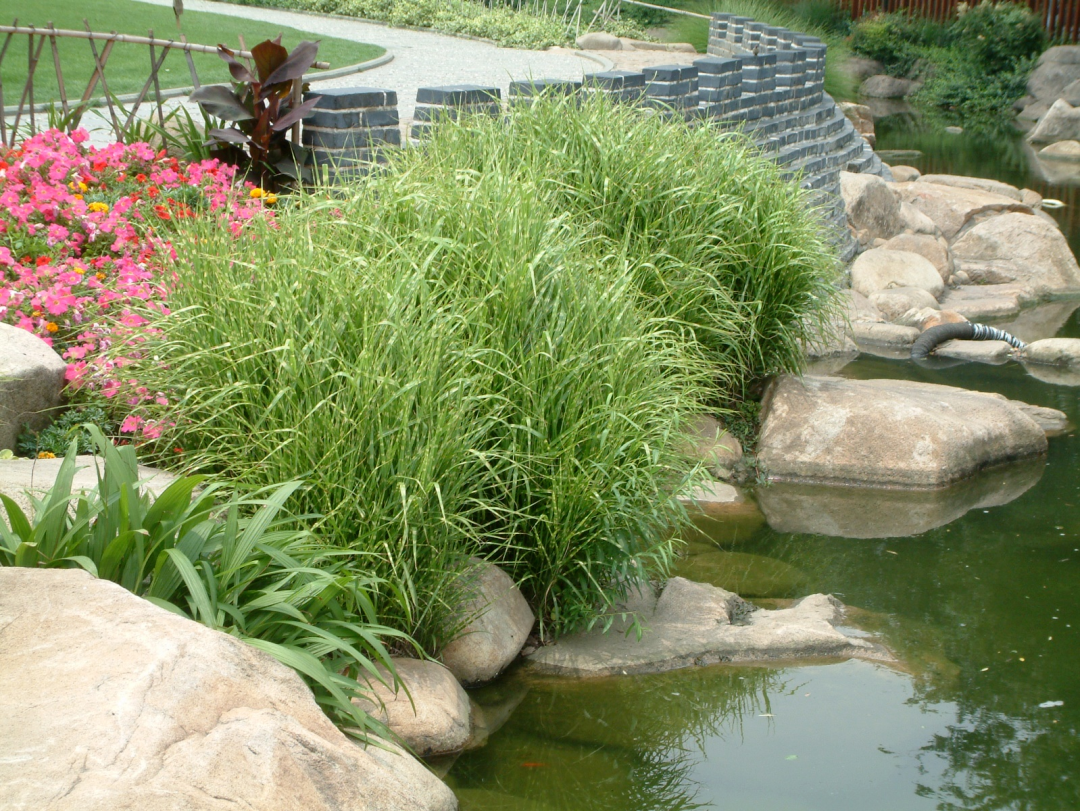
11.
Switchgrass
Perennial, with suitable plant size and dense clusters, it is easy to use in gardens. It can be planted alone or in pots for viewing, or planted in clusters, patches, or rows for use as boundaries or barriers. The stems can be retained until winter, which not only has a landscape effect, but also provides a habitat for wild animals. The reference planting density is 9 to 16 plants/square meter.
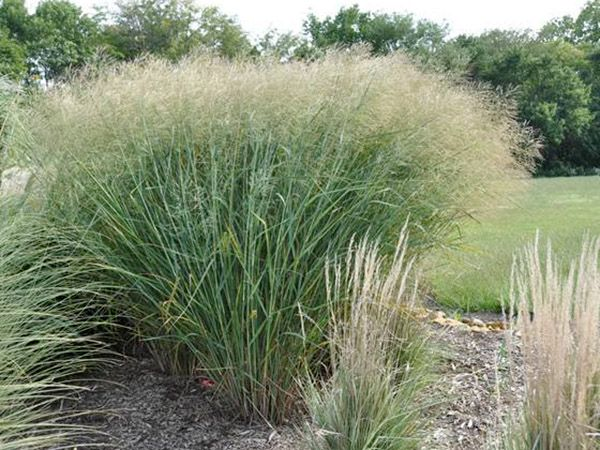
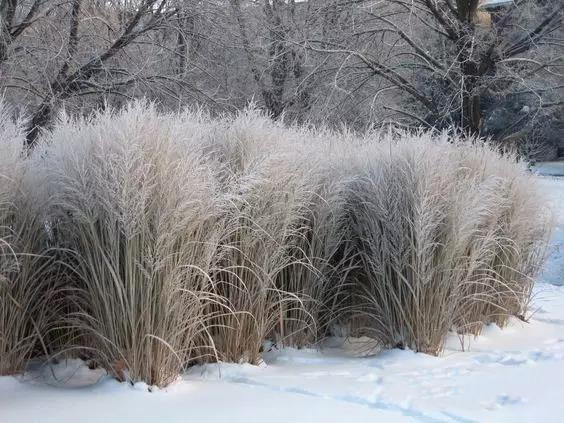
12.
Pennisetum
The inflorescence of Pennisetum is dense and neat, protruding above the leaves, shaped like a fountain, and easily becomes the visual focus during the flowering period. It is suitable for small spaces to be planted in clusters or potted for viewing. In large spaces, it can be planted in pieces, which will create a spectacular scene. The reference planting density is 6 to 9 plants/square meter.
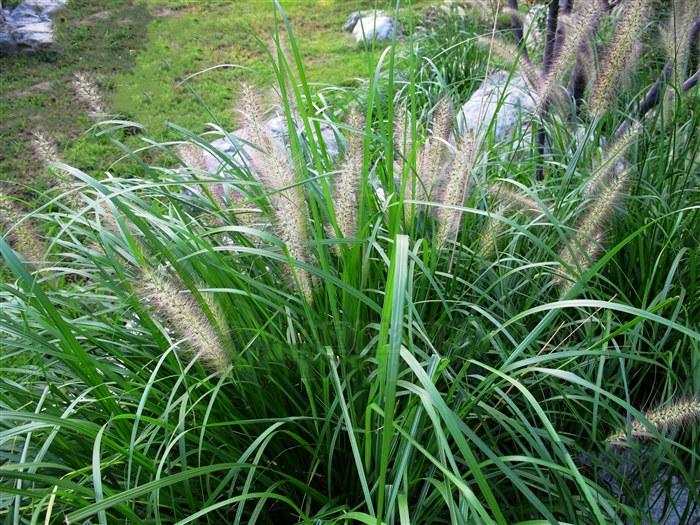
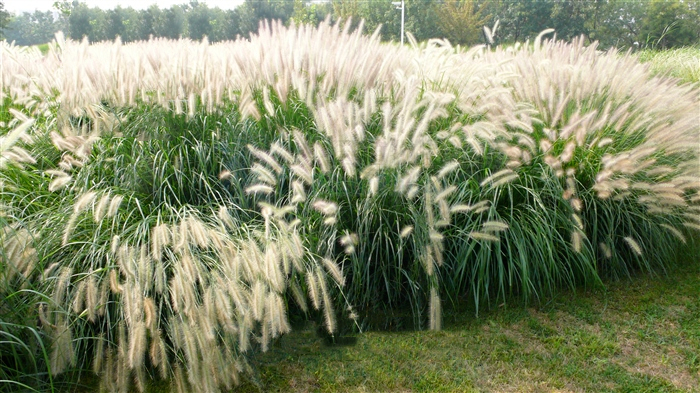
13.
Little rabbit Pennisetum
It was selected and bred from the seedlings of 'Heimer' Pennisetum, with a plant height of only 45cm. The reference planting density is 6 to 9 plants/square meter.
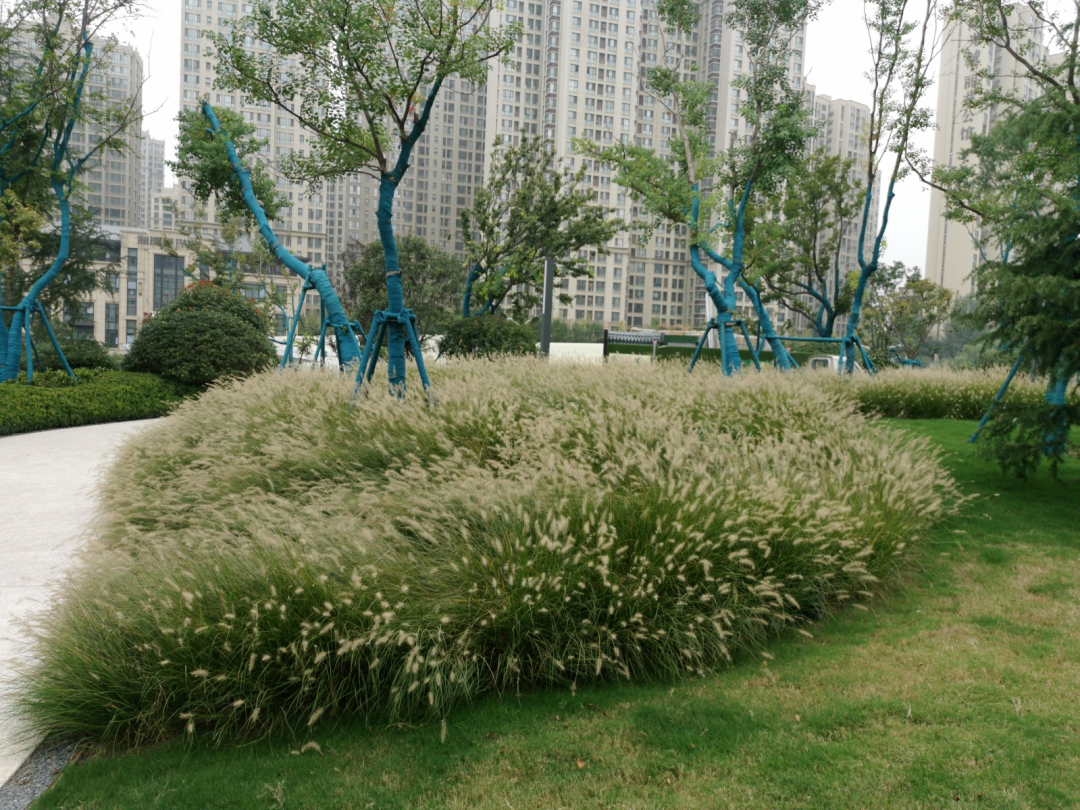

14.
Pennisetum purpurogenum
The horticultural cultivar of Pennisetum velutipes has wine-red leaves, stems and inflorescences, with a leaf width of about 2mm and a plant height of 1.5m. It is often cultivated as an annual plant and is suitable for use as a plant in flower beds and flower borders, or as a potted ornamental plant. The reference planting density is 6 to 9 plants per square meter.

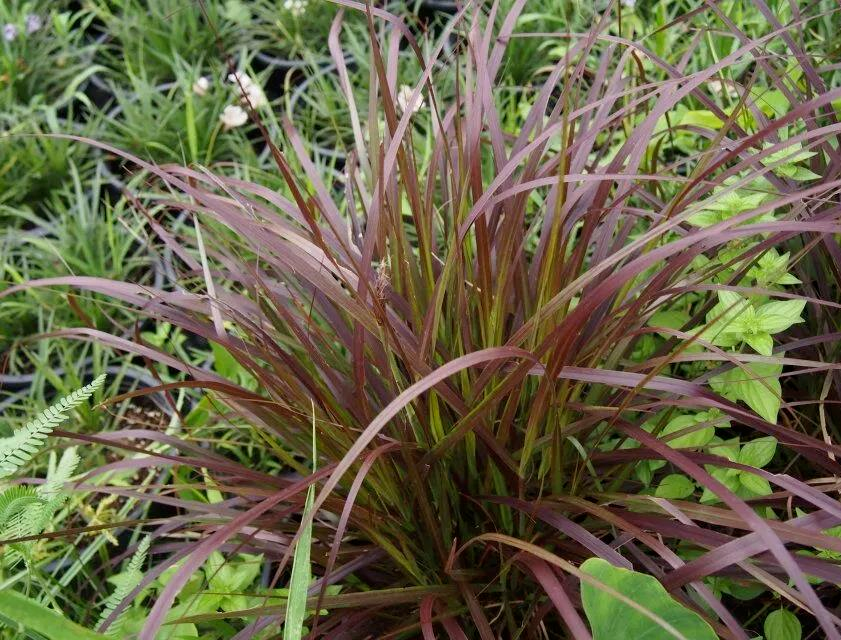
15.
Purple Valley
Because its appearance is similar to cultivated millet, it is a new type of foliage plant, suitable for planting on the roadside, waterside, rocky side or wall side of parks and green spaces, or for use as a background for flower mirrors and garden edging, or as a material for flower arrangement. The reference planting density is 9 to 16 plants per square meter.
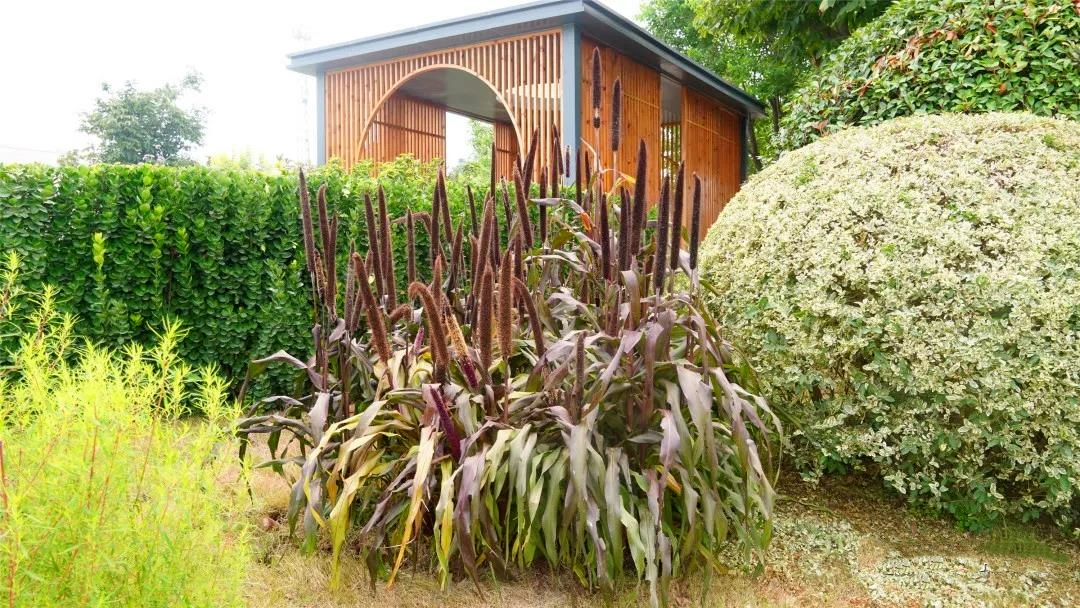
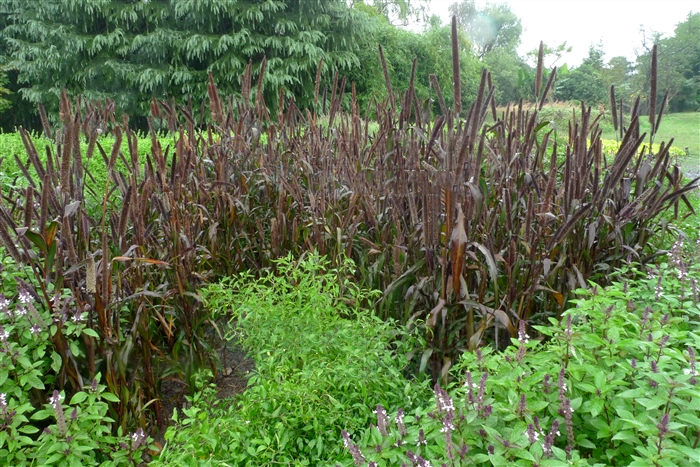
16.
Jade belt grass
An old ornamental grass variety, widely used in gardens since the Victorian era. The leaves have milky white vertical stripes that do not turn pink even in cold weather. The recommended planting density is 50-60 buds/square meter.
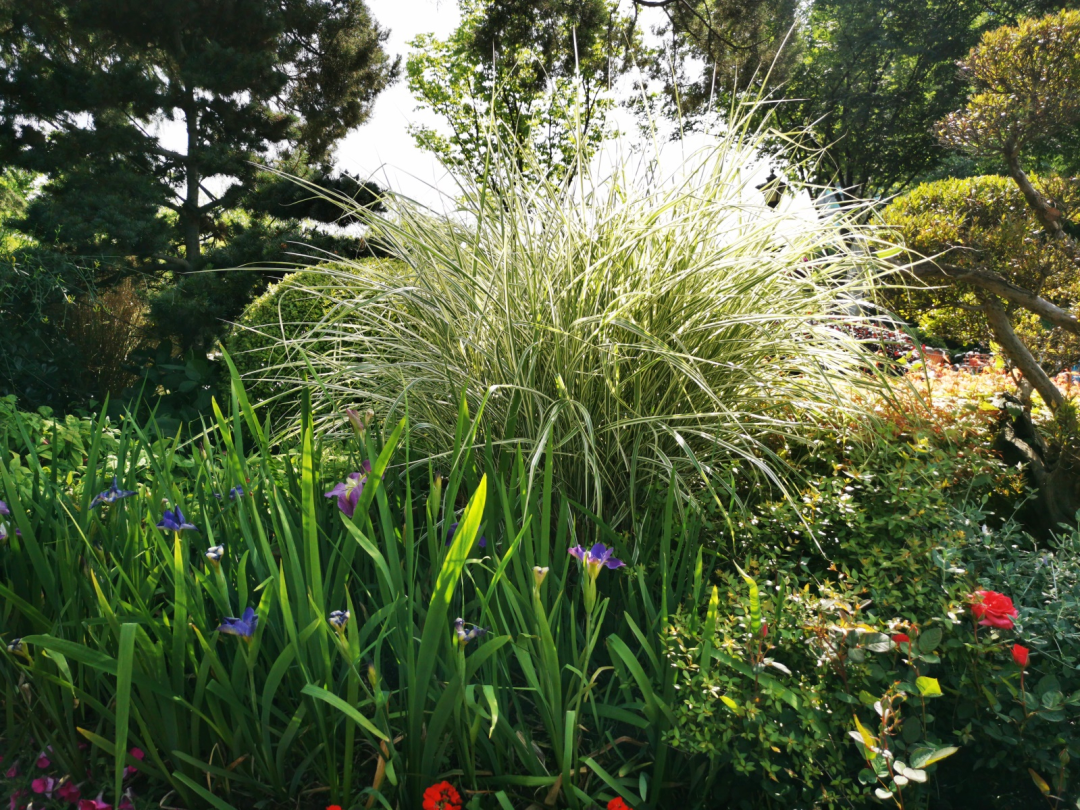
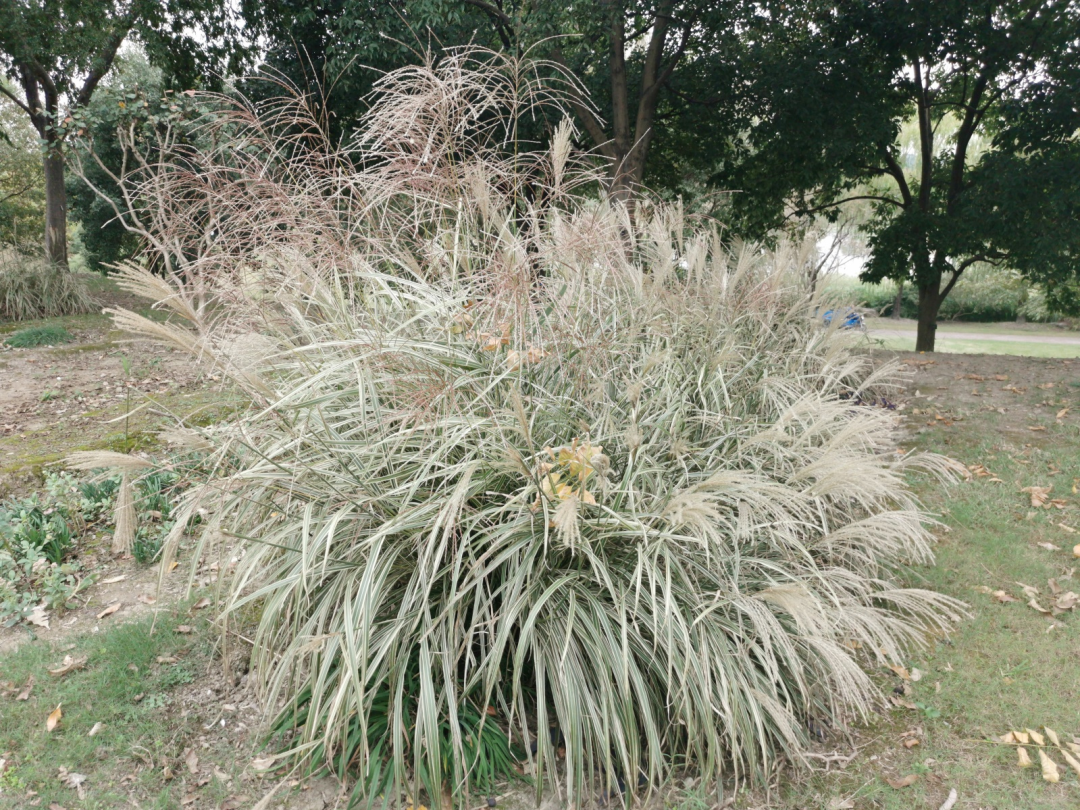
17.
reed
Perennial, multiple plantings, creating waterfront landscape. Reference planting density 30-40 buds/square meter.
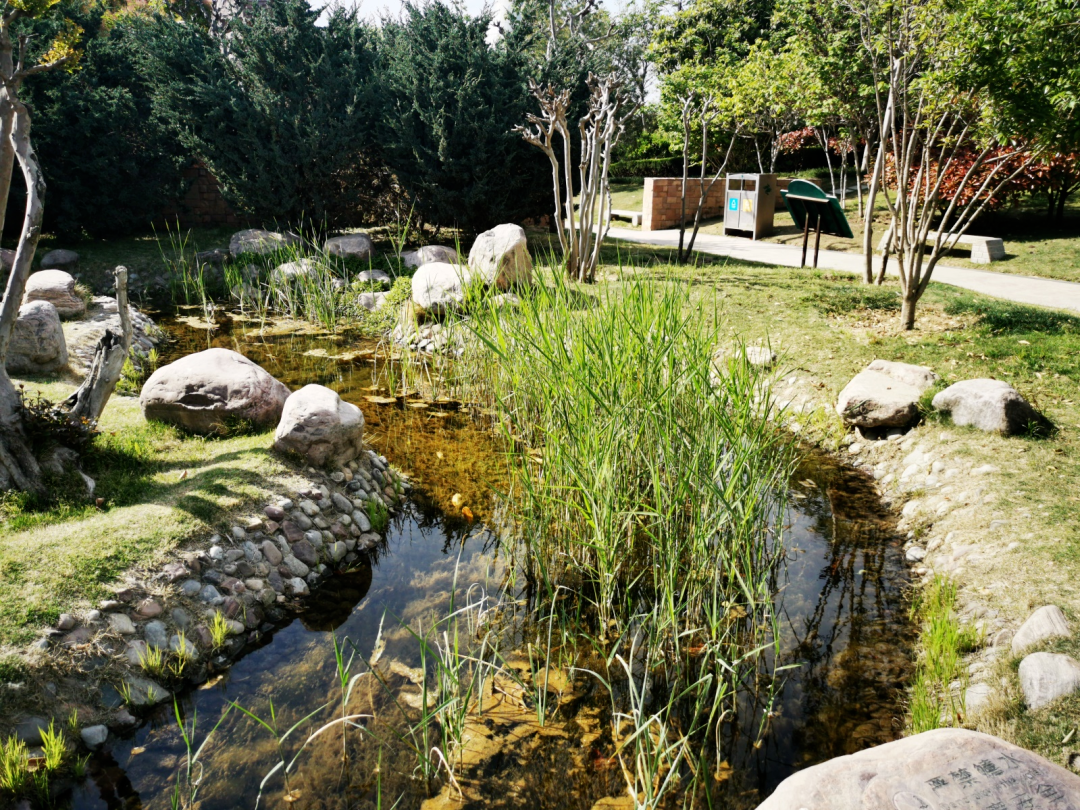
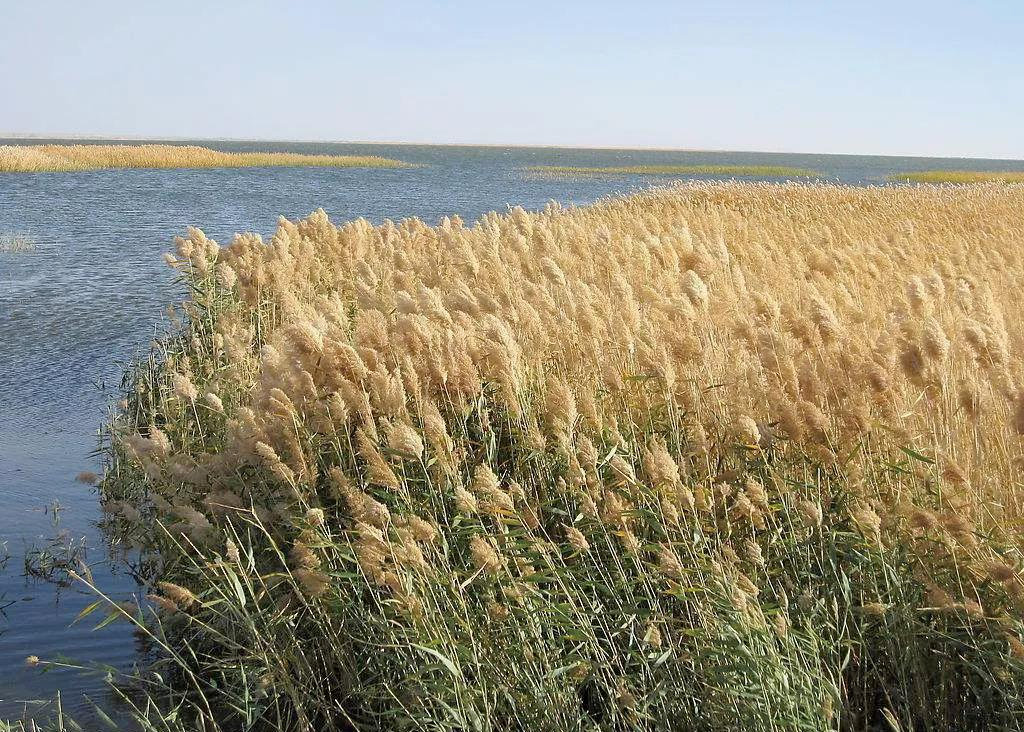
18.
Setaria palmata
The lush and wide leaves have ornamental value and good ground covering effect. It is suitable for single bamboo or clump planting and is suitable for potted ornamental plants. The root system is well developed and it is an excellent soil and water conservation plant. The reference planting density is 6 to 9 plants/square meter.
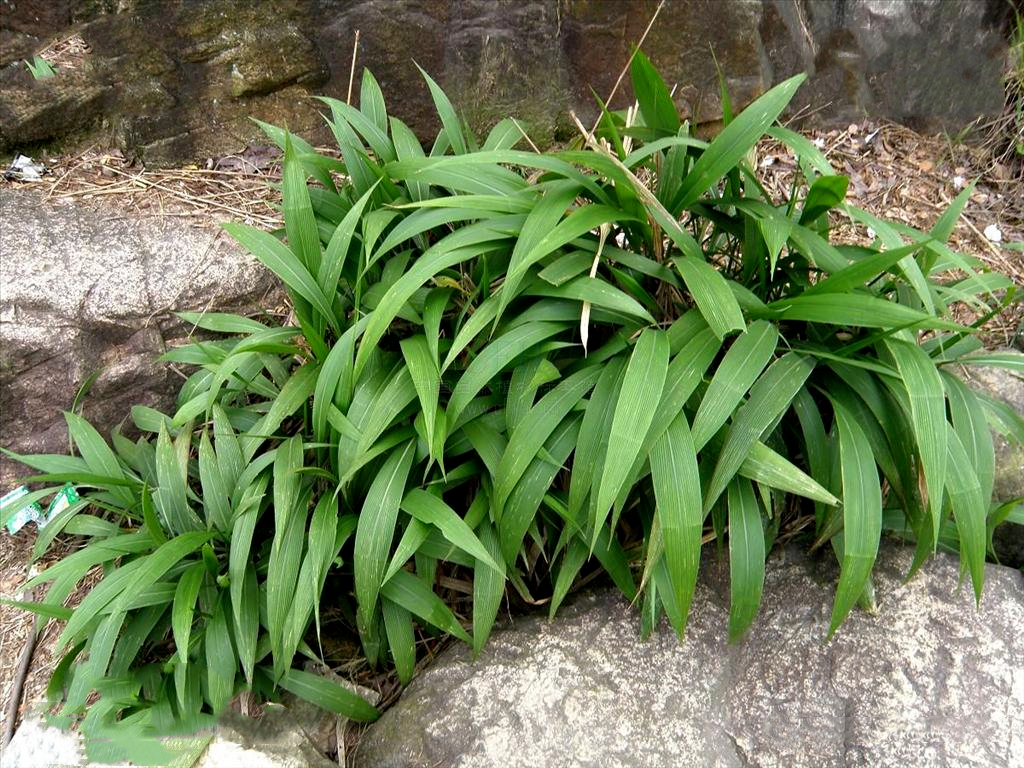
19.
Big oil mango
The main ornamental feature is the plump and neat plant shape, and the leaves often turn purple in autumn. It is suitable for solitary planting or clump planting, and is a good background and barrier plant. The reference planting density is 6 to 9 plants/square meter.
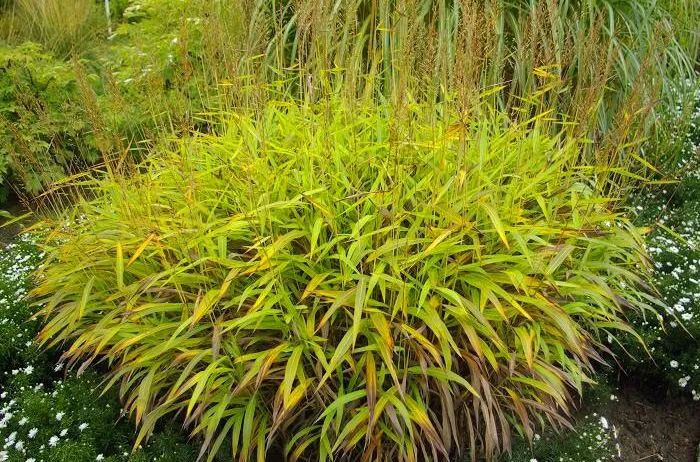
20.
Mexican Feather Grass
Perennial, with soft and delicate stems and leaves, and fluffy and shiny inflorescence, it is one of the best ornamental grasses. Suitable for clump planting, patch planting, and potted planting. Paired with rocks or plants with rough lines, it creates a sharp contrast. Both leaves and flowers can be used as flower materials. Reference planting density is 16 to 25 plants/square meter.
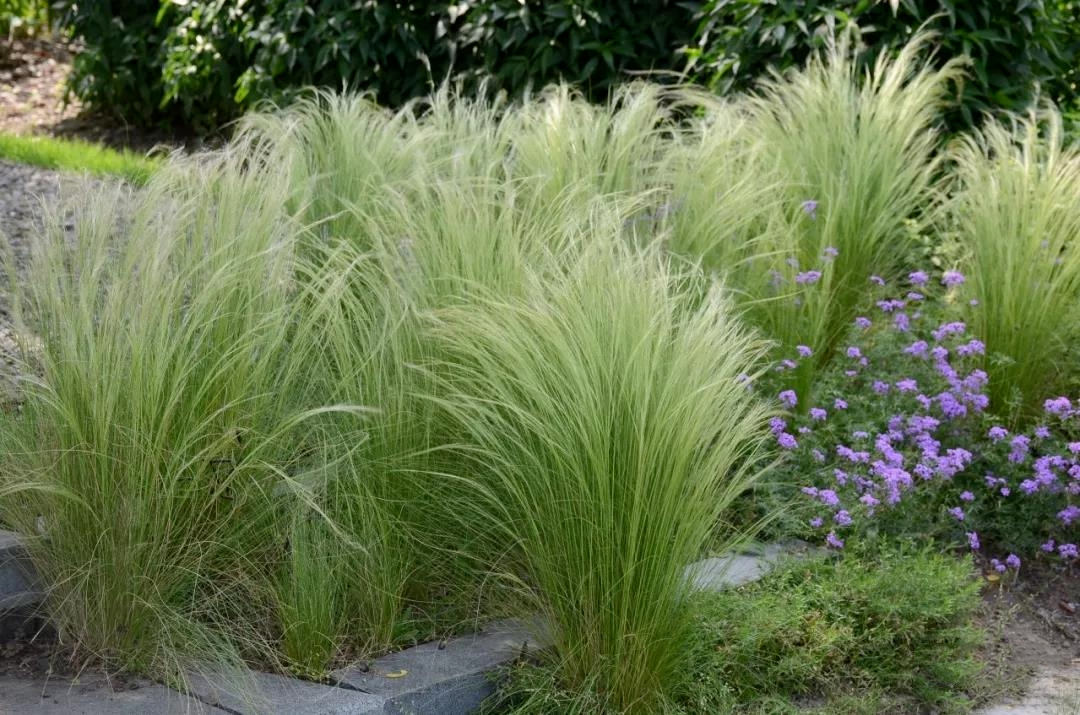
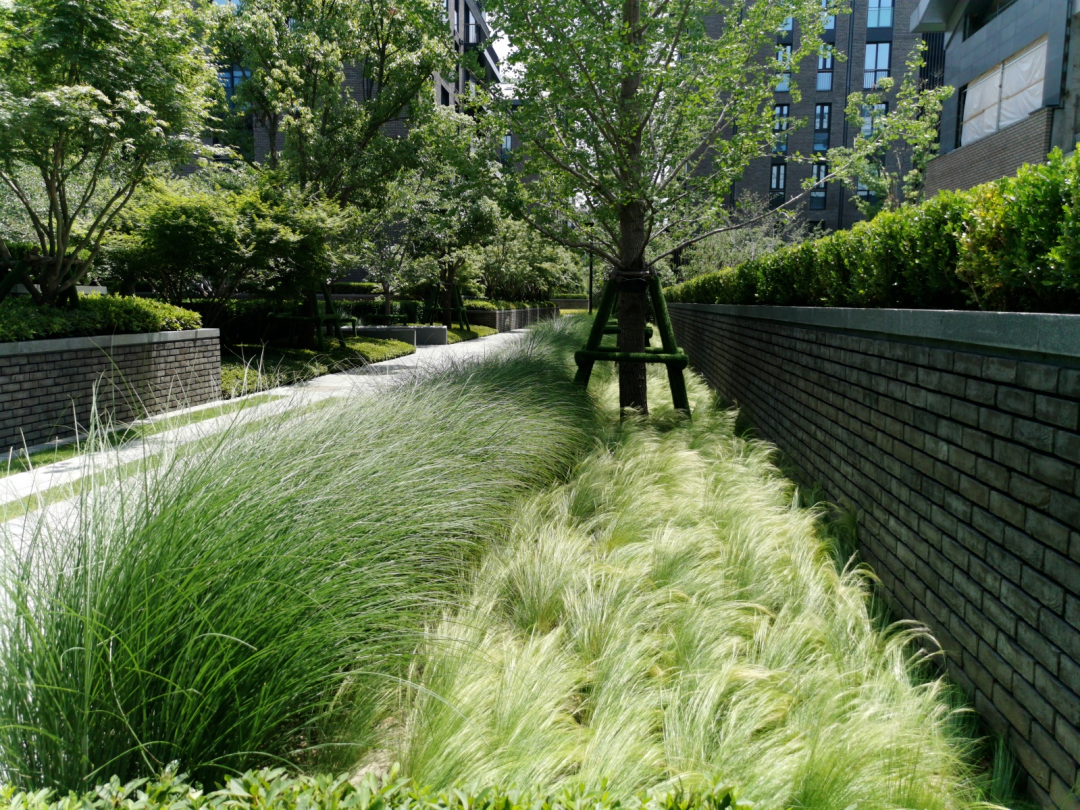

Zhesheng Garden Plant Map